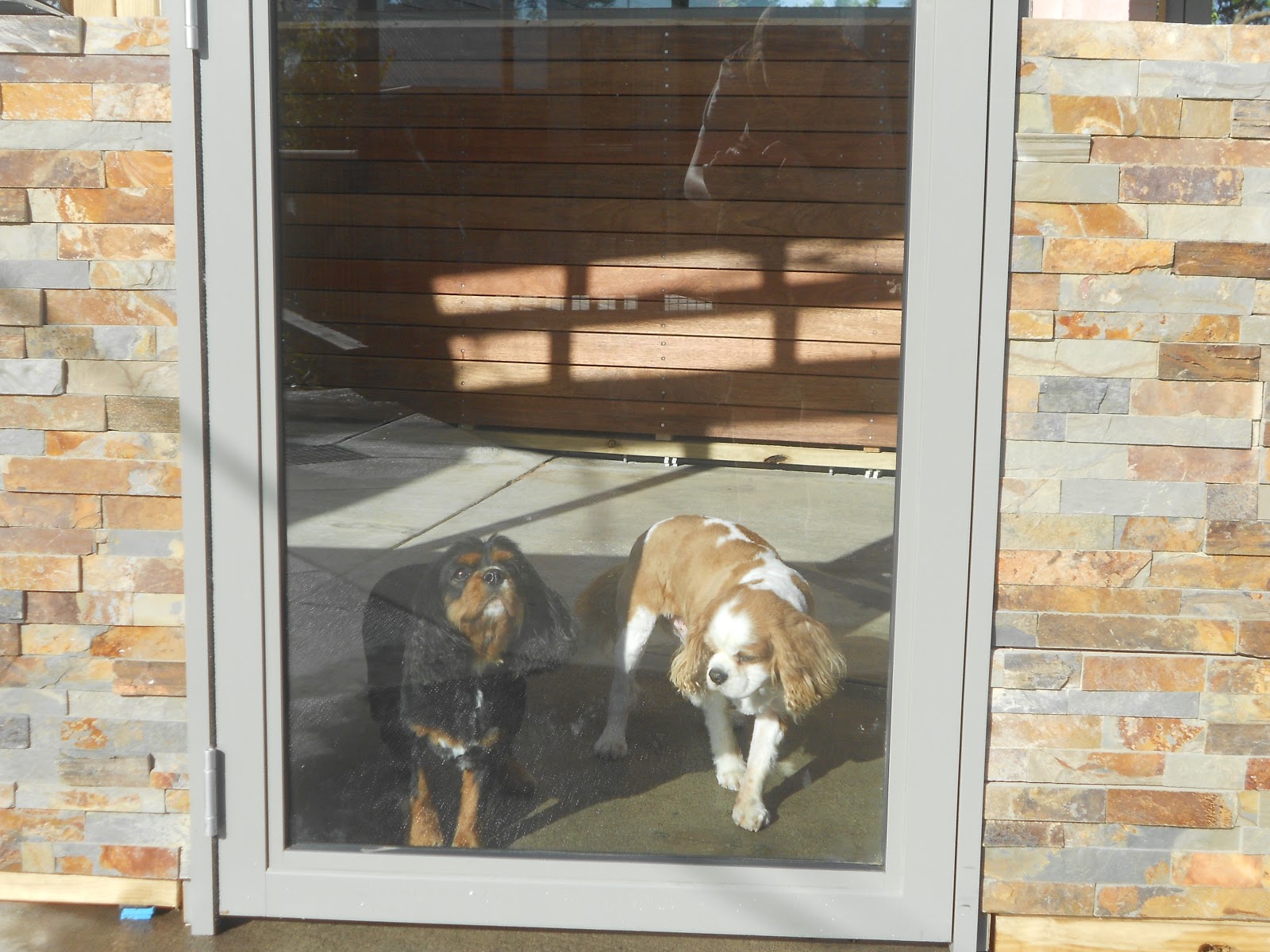Summer has approached us quickly this year and with the current warm weather we are feeling it can be difficult to know how to keep our pooches cool.
Here are some excellent tips to help;
- If needing to exercise make sure it does very early in the morning or later at night. Also, purchase your dog poochy shoes, available at most good pet supplies. Dogs absorb and release heat through their feet and the hot ground is very sensitive on their pads.
- If your still wanting to give your doggy exercise but not go for a walk a swim is ideal! There are dog pools around but the beach is perfect. This is a great bonding exercise and also keeps you and your pup cool.
- Make sure there is plenty of water available, if your dog is staying outside for the day make sure there are multiple bowls placed around the yard in shady spots, remember the sun will move throughout the day and you can never supply too much water.
- Ideally it would be great to bring your dog inside on some cool tiles, if you have air conditioning or heating as well. If this isn't an option set up a kiddy pool in the shade outside. If you are going to be home throughout the day spray your dog with cool water underneath and on their feet. This is how dogs to cool down to spraying them on their back is less affective.
- Wet a towel and lay this down for your dog rest on, this again will help to cool them from underneath.
- Dog's don't understand sometimes why they are inside and not going for their walk, allow them every now and then to step outside and check the weather, and also have a toilet break!
- If your dog wants to dig in the warm weather and there is spot in the garden that they can do so, then allow them too. This is a natural way for dogs to cool down with the coolness of the dirt underneath them.
- NEVER EVER for any reason leave your dog in a parked car even when the weather is only slightly warm. Dogs over heat very quickly and the temperature in the car can rise rapidly.















































